Introduction
Welcome to our comprehensive guide on building a duck coop, where we will provide you with all the necessary information to create a comfortable and safe home for your beloved ducks. Whether you are a beginner or an experienced duck owner, this article will walk you through the process step by step.
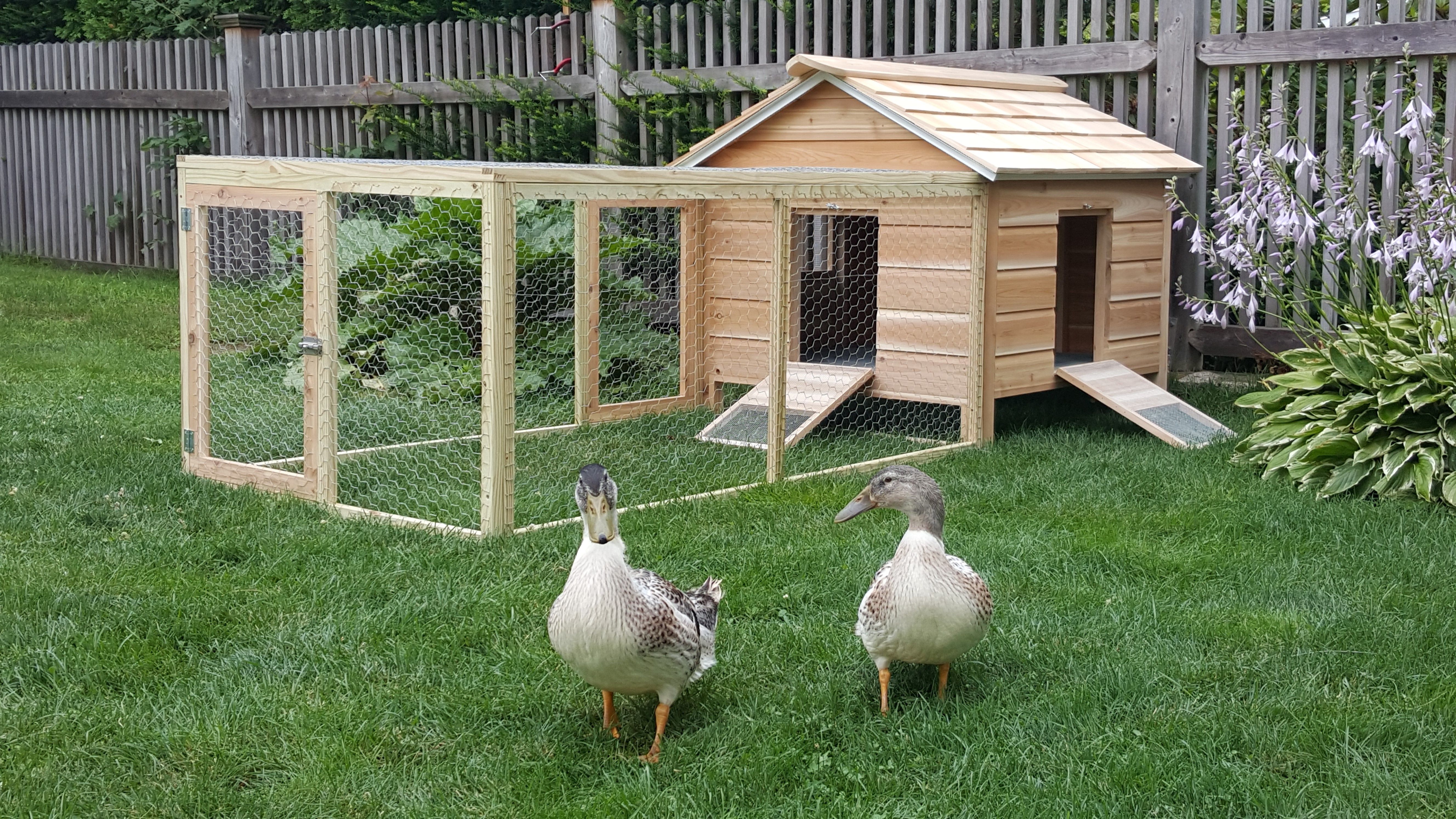
Why Build a Duck Coop?
Building a duck coop is essential for several reasons. Firstly, it provides a secure space for your ducks, protecting them from predators and the elements. Secondly, it helps maintain cleanliness and hygiene, preventing diseases and ensuring the well-being of your ducks. Lastly, a well-designed coop can make your daily tasks easier by providing convenient access for feeding, cleaning, and egg collection.
Location Selection
Choosing the right location for your duck coop is crucial. It should be well-drained to prevent waterlogging and have ample natural light. Additionally, consider the proximity to your house for easy monitoring and maintenance. Take some time to observe the area and ensure it is safe from potential predators.

Coop Design
The design of your duck coop will depend on various factors such as the number of ducks you have, available space, and your personal preferences. However, there are a few key elements to keep in mind:
1. Size and Space
Allow at least 4 to 6 square feet of floor space per duck. Ducks require ample space to roam around and exhibit their natural behaviors.

2. Ventilation
Proper ventilation is essential to maintain a comfortable and healthy environment for your ducks. Install windows or vents that can be opened and closed as needed.
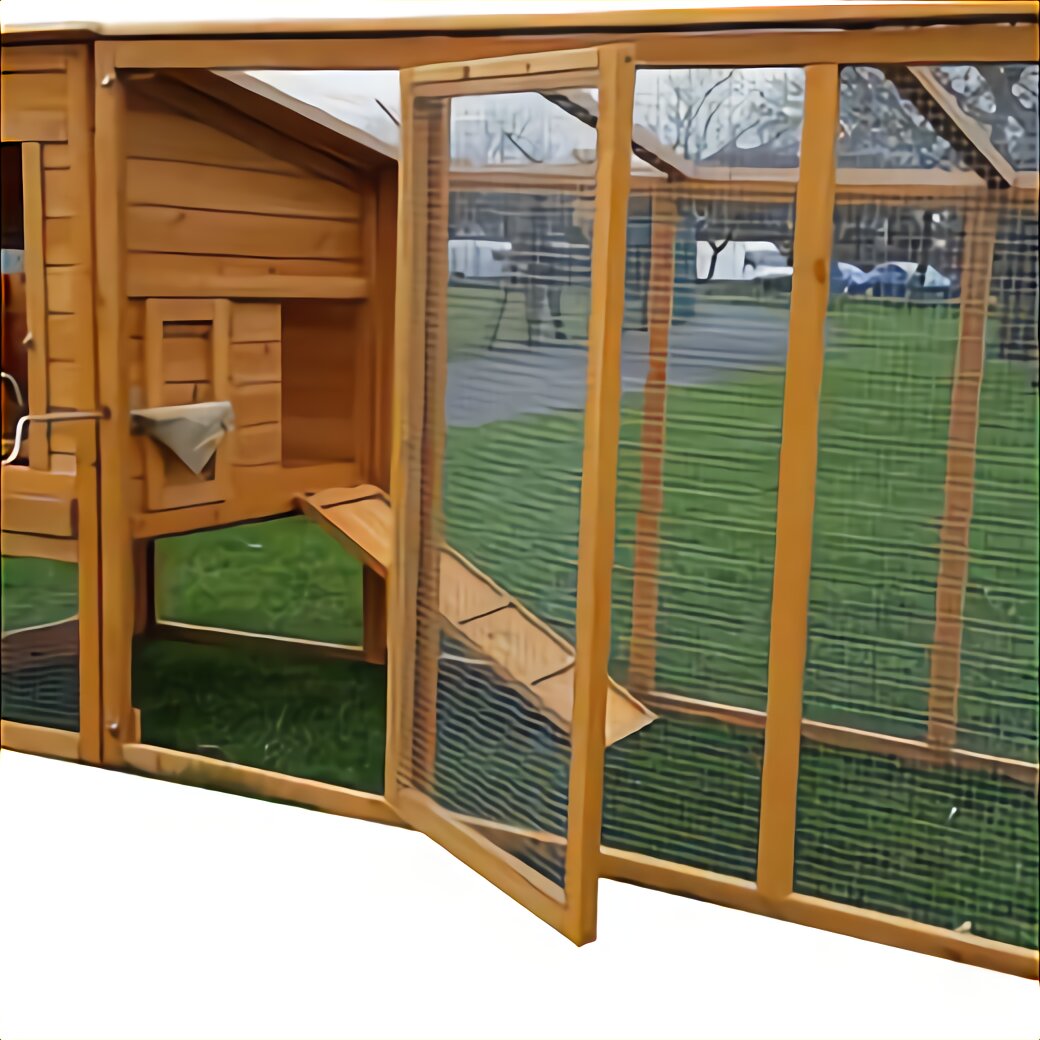
3. Flooring
Use materials that are easy to clean and provide good traction for the ducks. Concrete, gravel, or a combination of both can be suitable options.
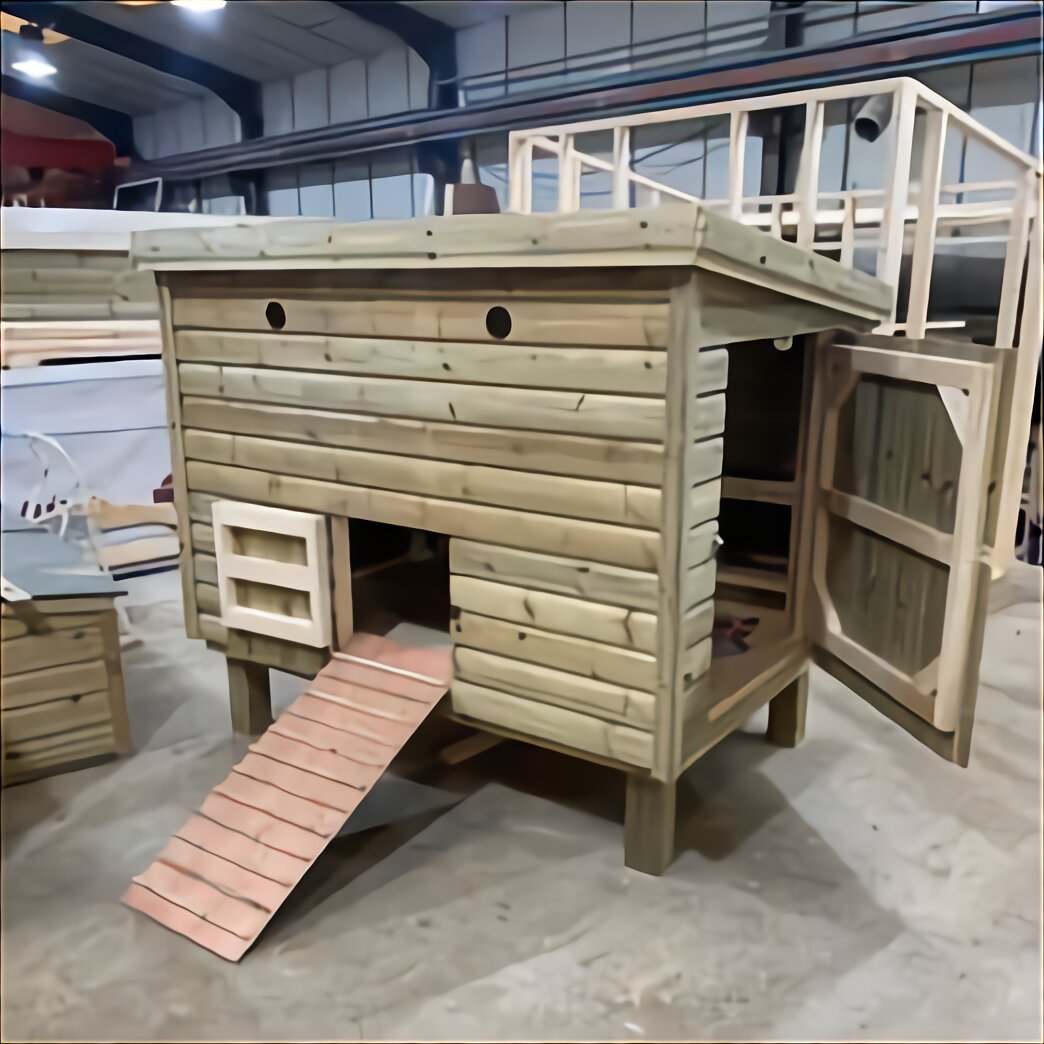
4. Nesting Boxes
Include nesting boxes inside the coop to provide a comfortable and secluded area for your ducks to lay their eggs.

Materials and Construction
When it comes to materials, opt for sturdy and predator-proof options. Here are some common materials used for building a duck coop:
1. Wood
Wood is a popular choice due to its durability and natural insulation properties. Use rot-resistant lumber and ensure proper sealing to protect it from moisture.

2. Wire Mesh
Wire mesh is essential for creating a secure enclosure. Choose a mesh size that prevents predators from entering while allowing proper airflow.
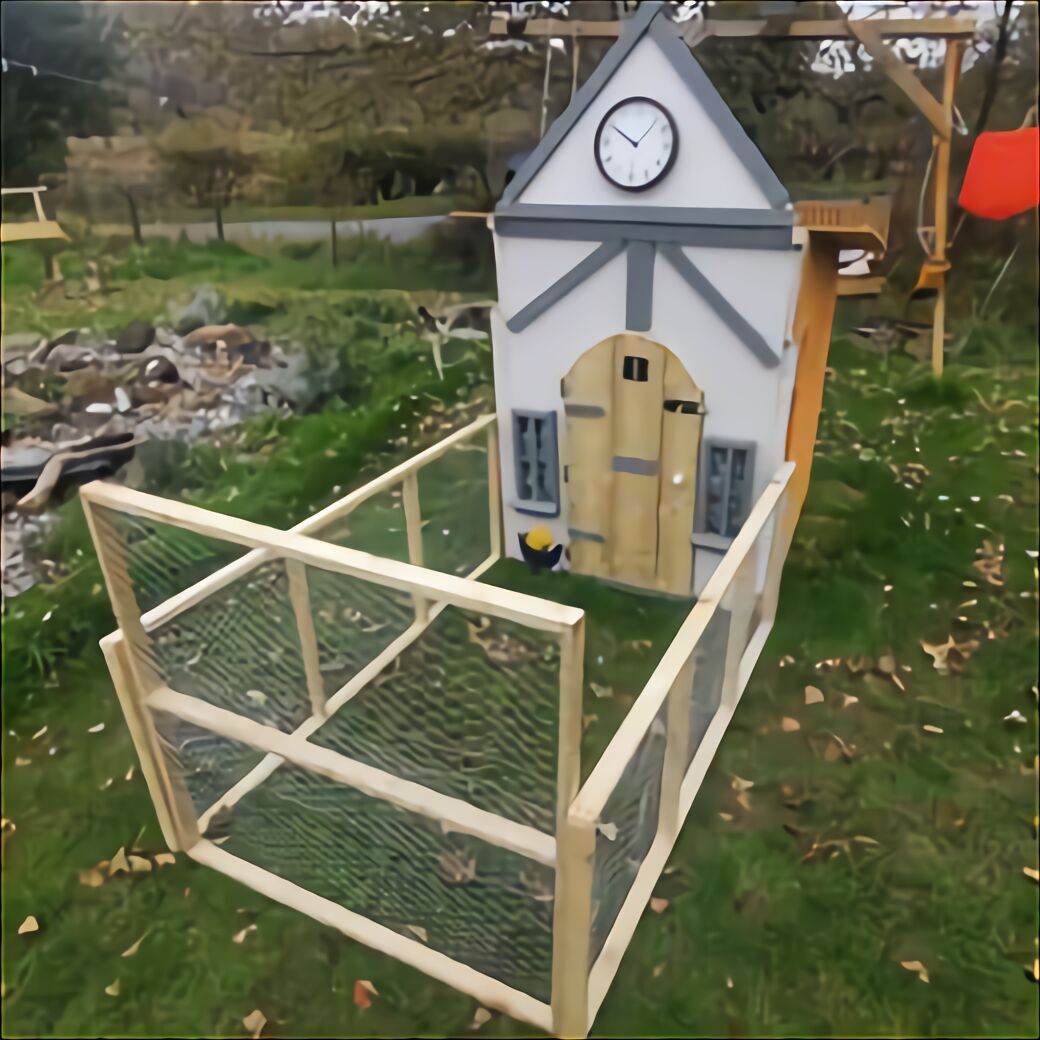
3. Roofing
Ensure the roof is waterproof and provides adequate shade. It should be slanted to allow water runoff and prevent leaks.
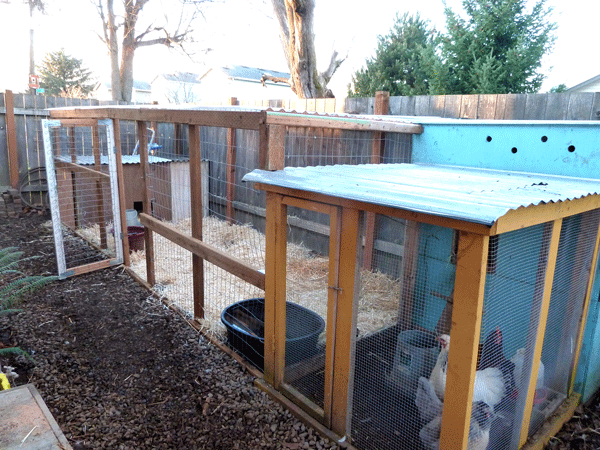
Additional Considerations
Here are a few more things to keep in mind when building your duck coop:
1. Water Source
Provide a clean and easily accessible water source inside the coop. Ducks require water for drinking, bathing, and to maintain their feathers.
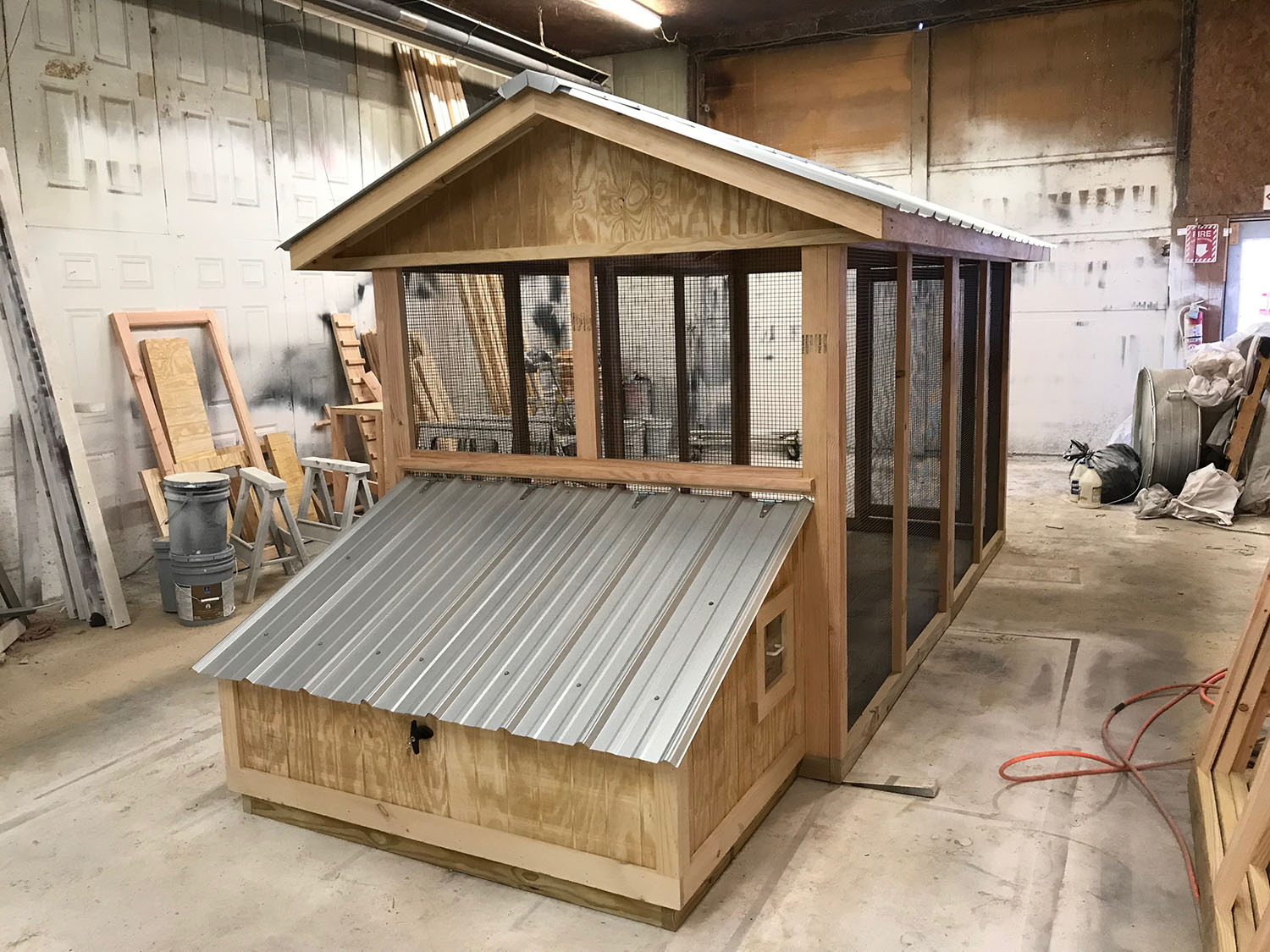
2. Feeding Area
Designate a feeding area that is separate from the water source to keep the feed clean and dry. Consider using feeding troughs or hanging feeders.

3. Security Measures
Install a sturdy door and latches to secure the coop during the night. Also, bury wire mesh around the perimeter to prevent predators from digging under.
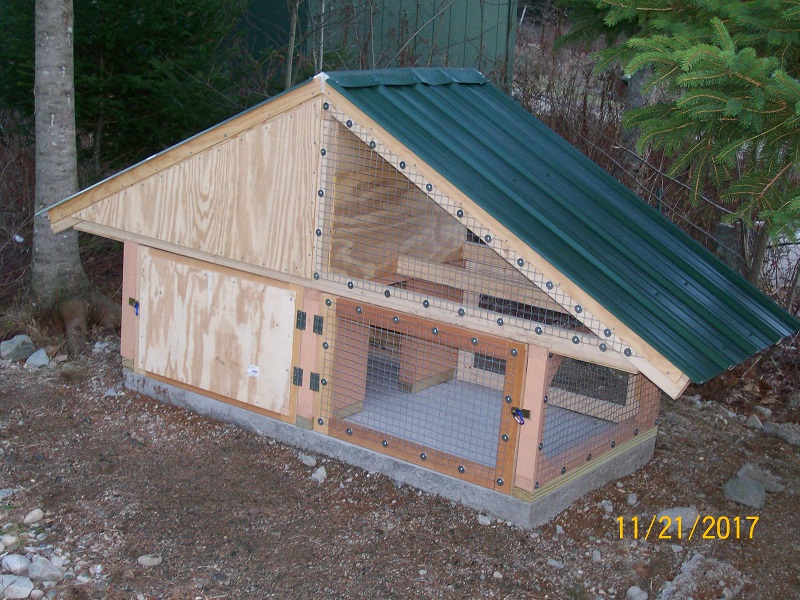
Conclusion
Building a duck coop can be a rewarding and enjoyable experience. By providing a comfortable and safe home for your ducks, you are ensuring their well-being and happiness. Remember to consider the size, ventilation, flooring, and nesting boxes when designing your coop. Use sturdy materials and take additional measures to ensure security. Now that you have all the necessary information, it's time to start building your duck coop!